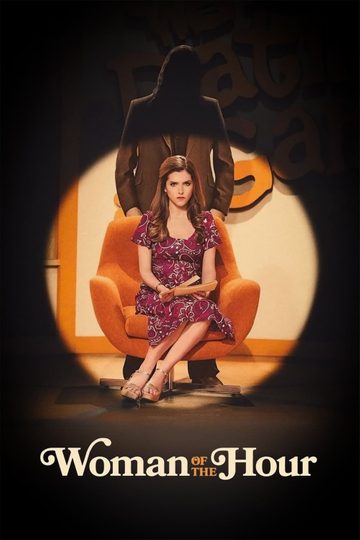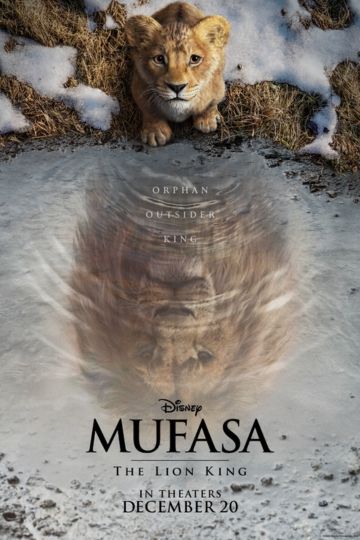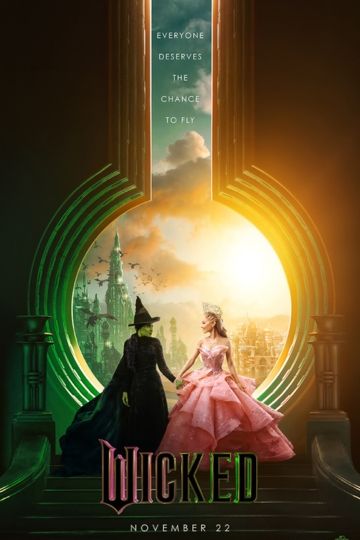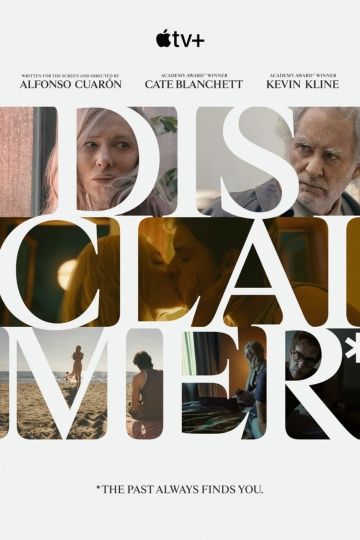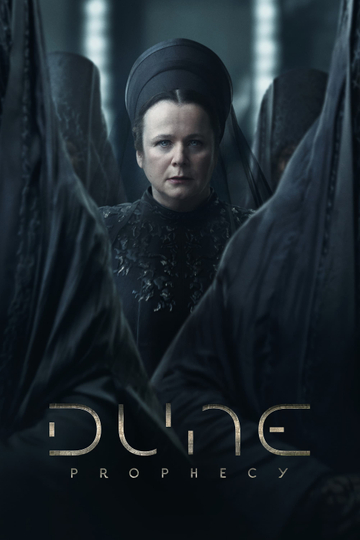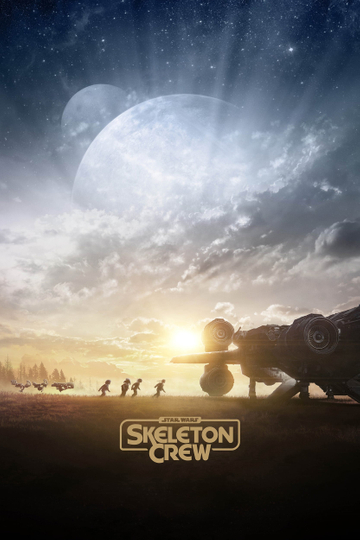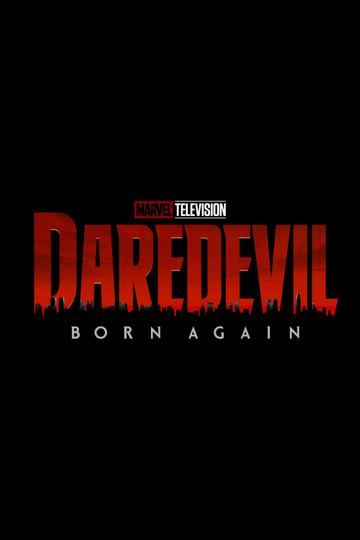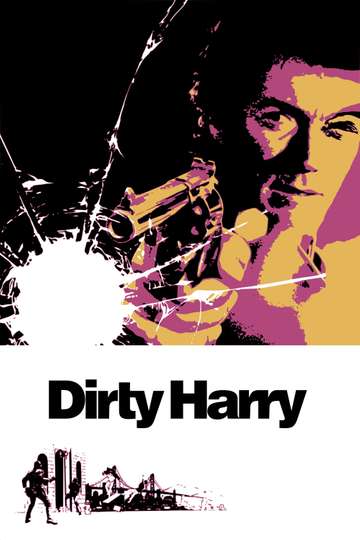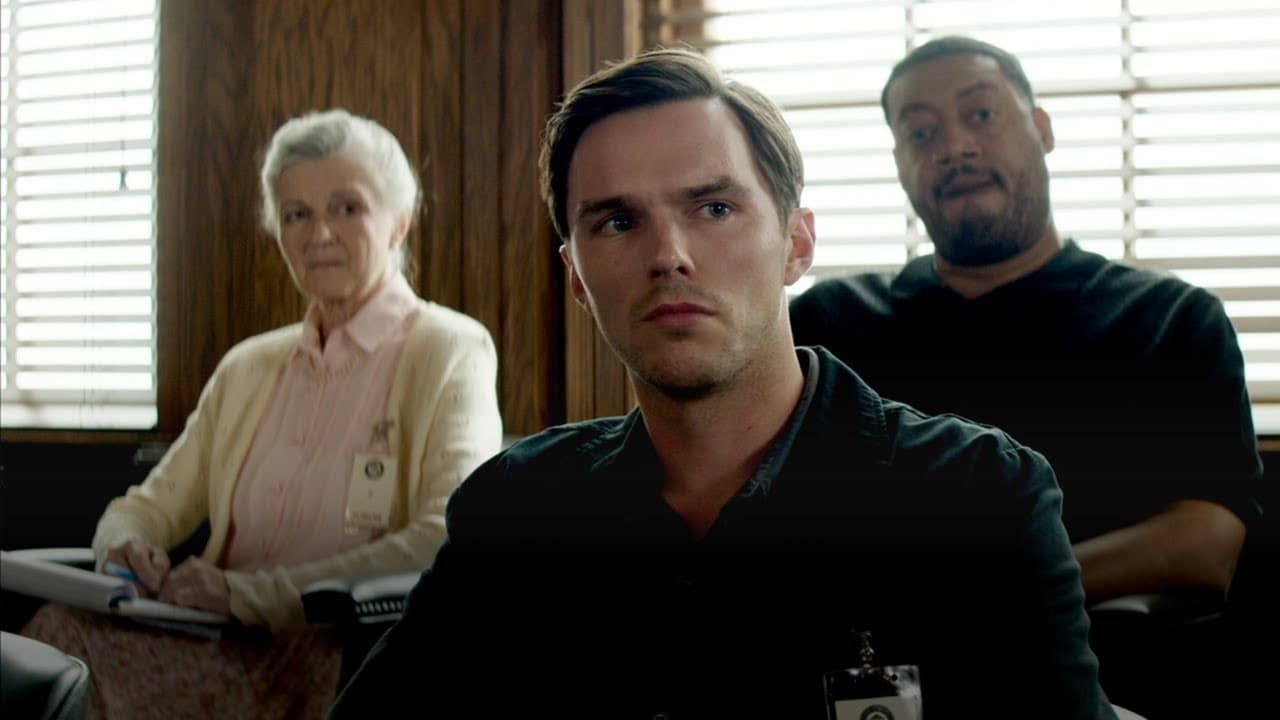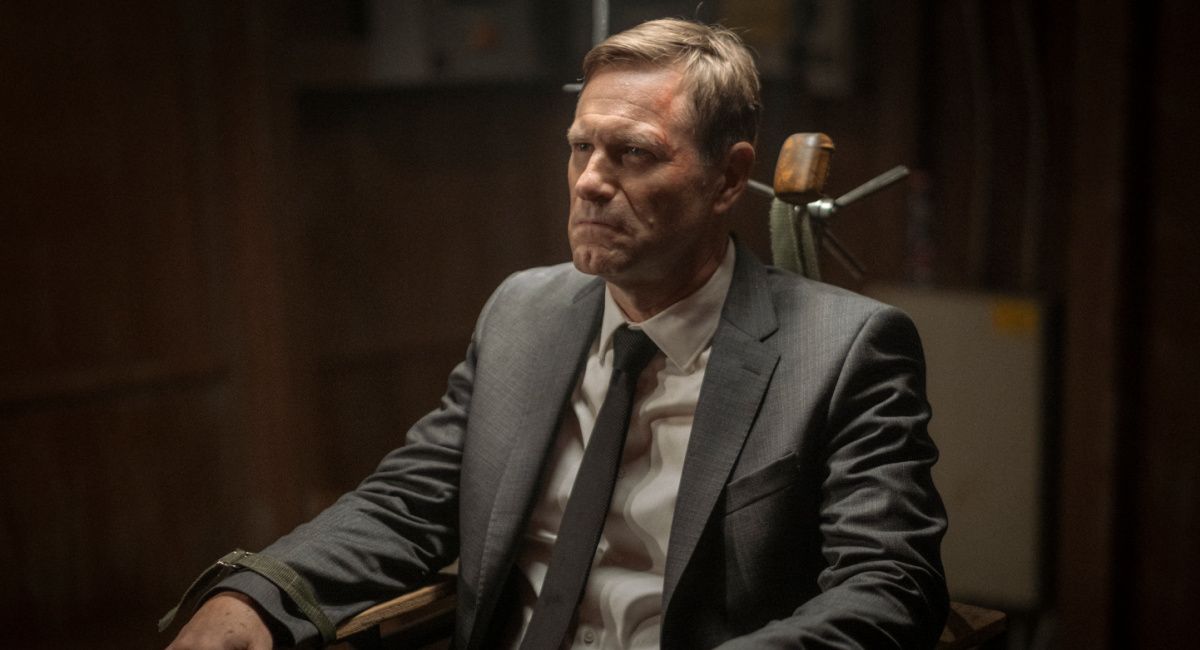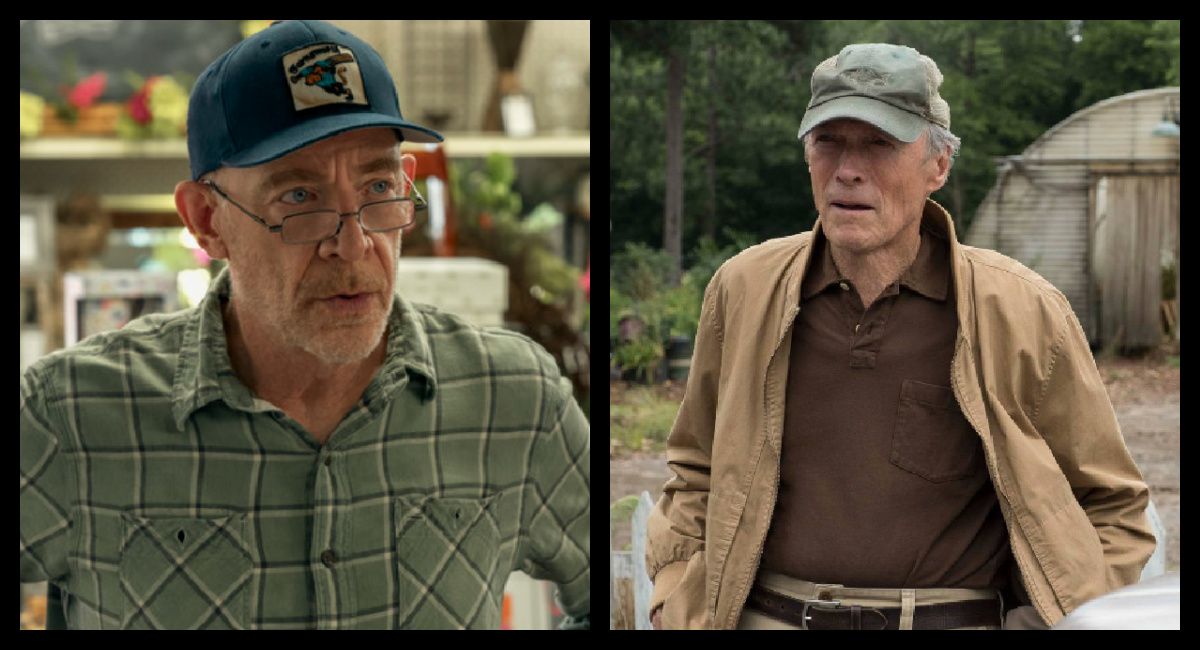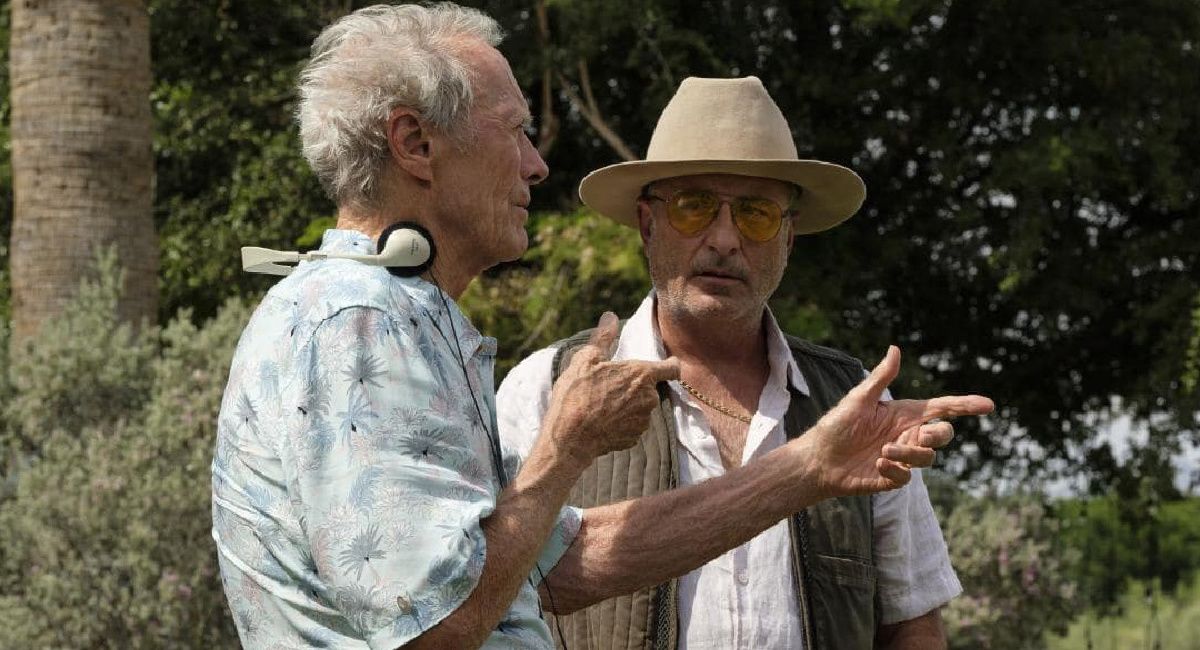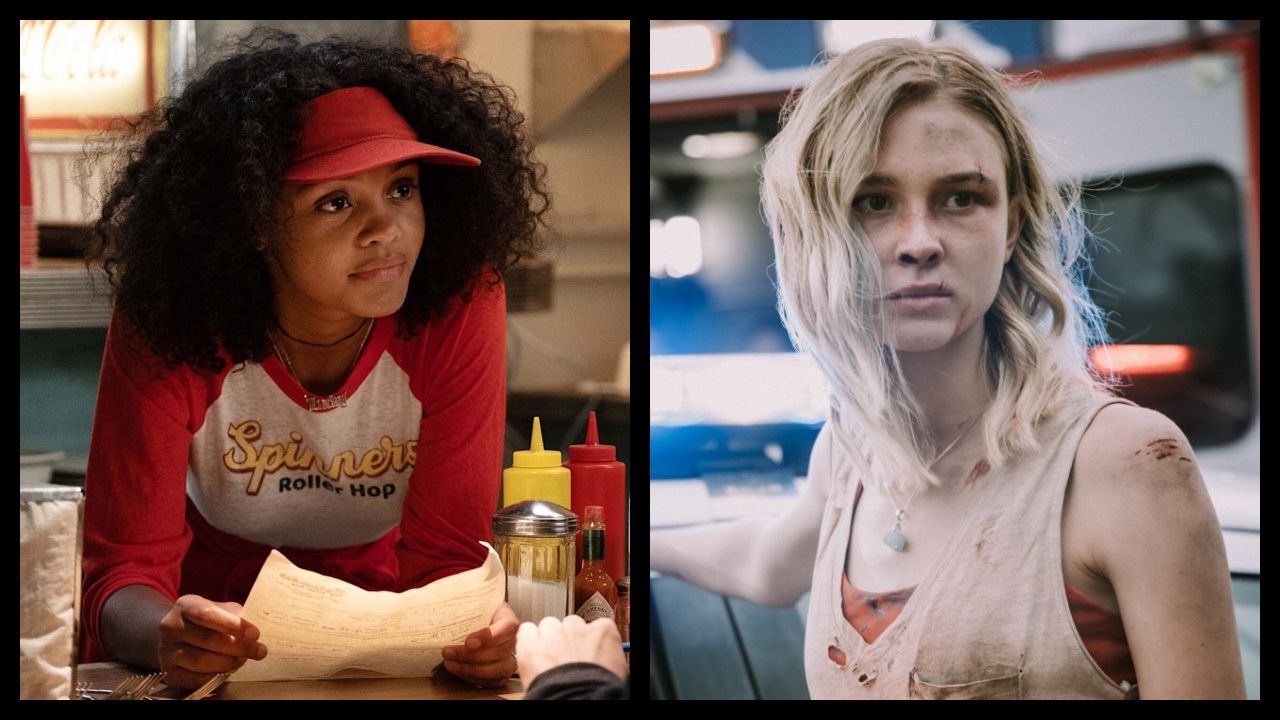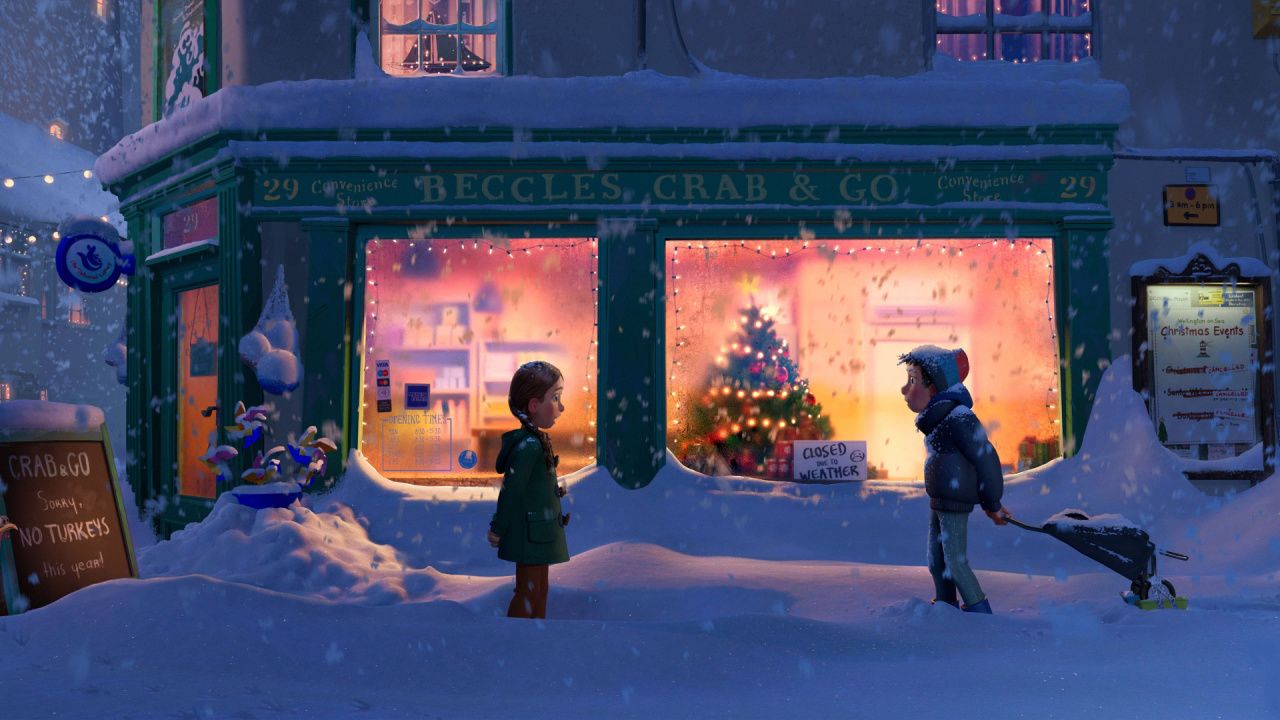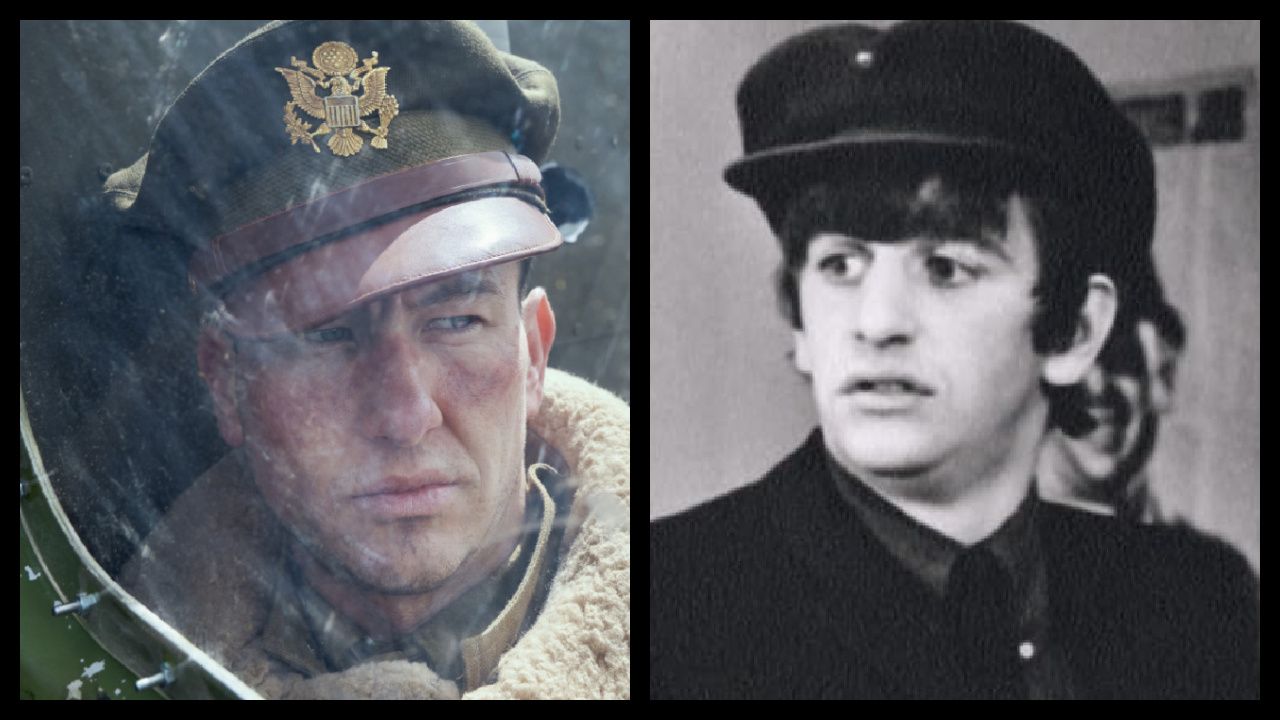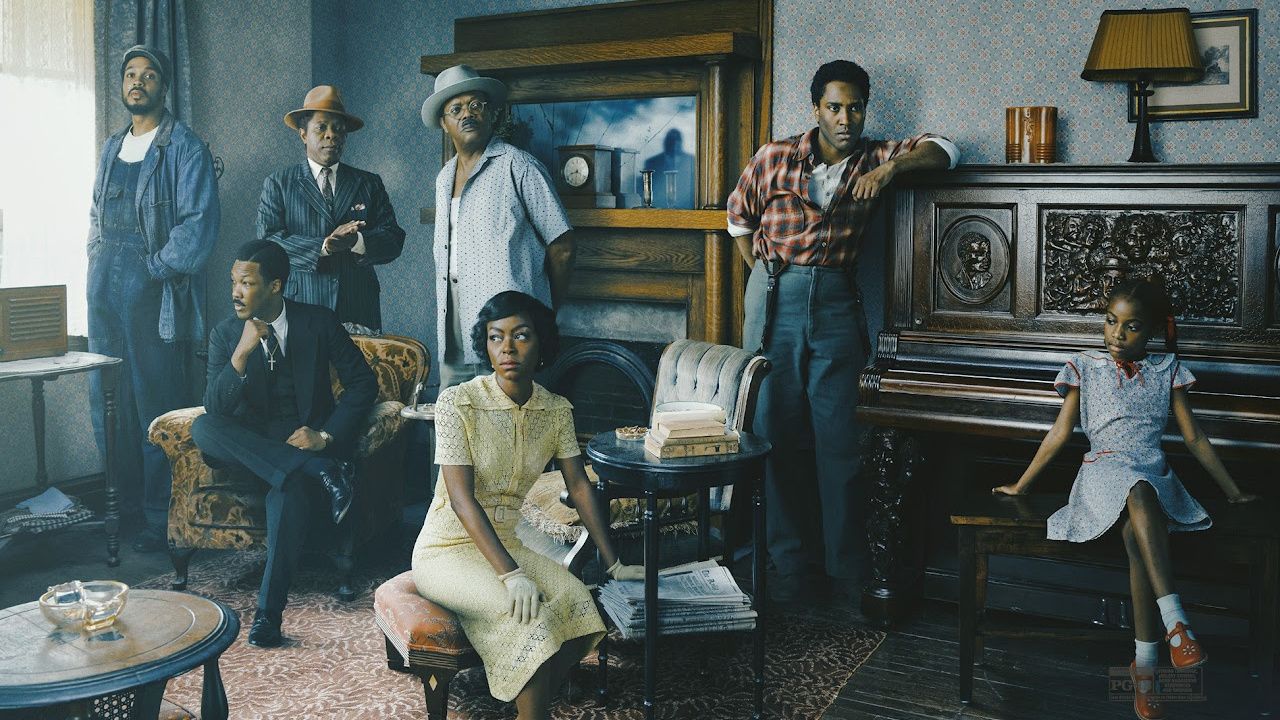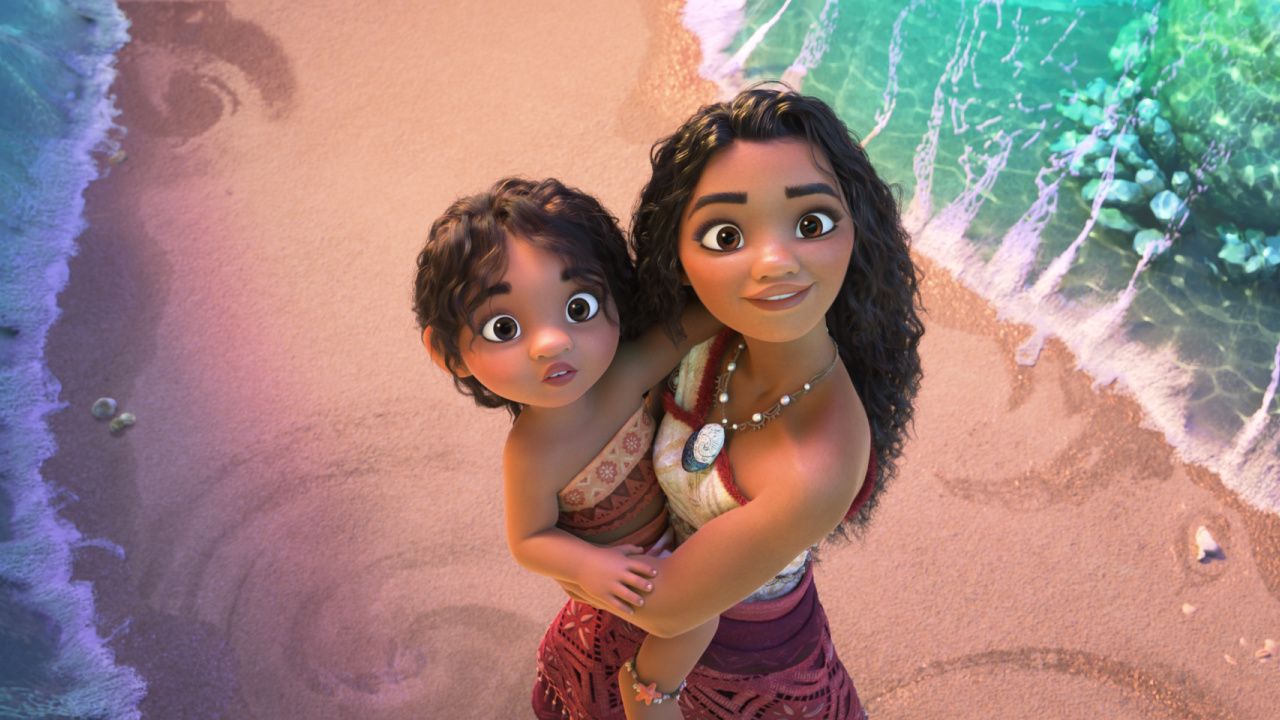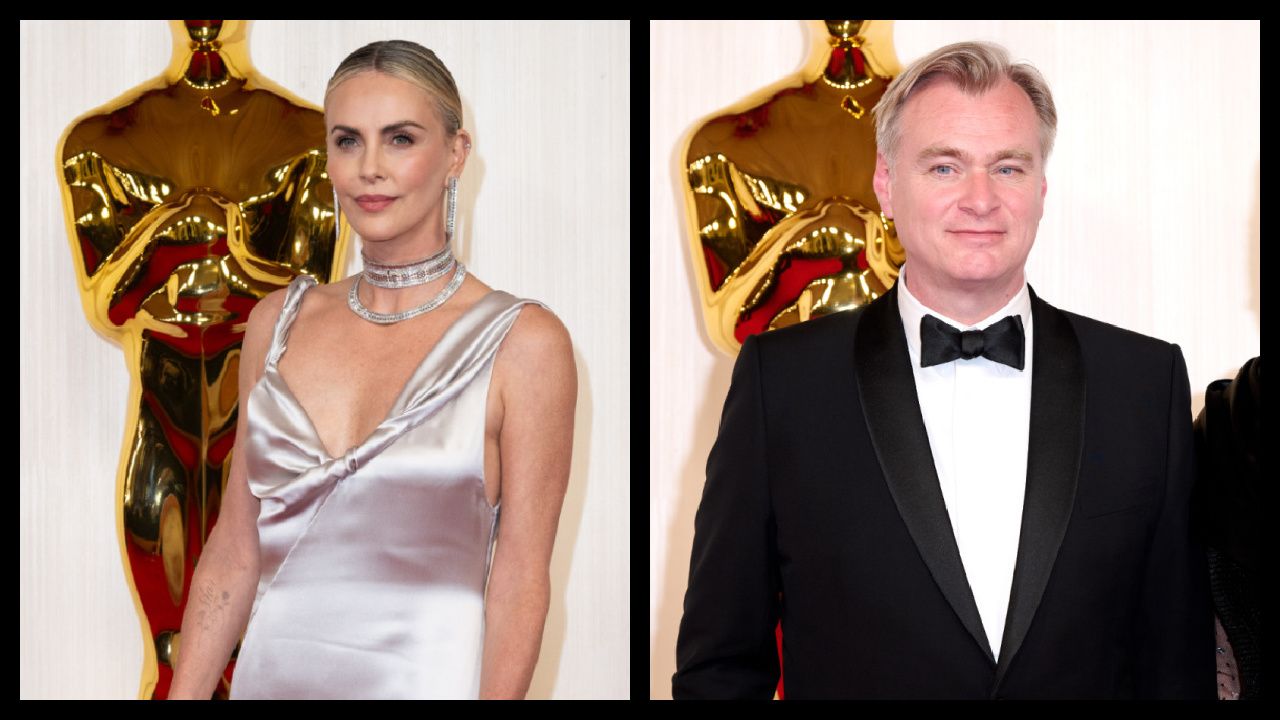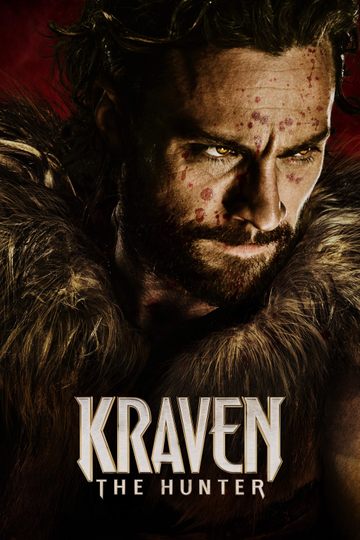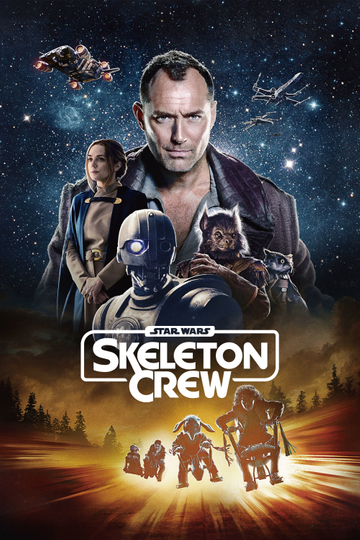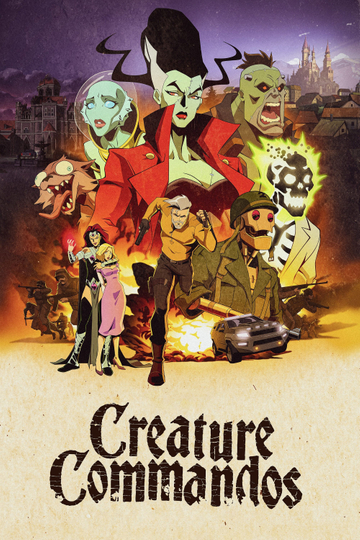16 Things You Never Knew About 'Dirty Harry'
Do you feel lucky? Well, do you, punk?
If you do, then it's time to celebrate the 45th anniversary of "Dirty Harry," released on December 23, 1971. The landmark movie gave Clint Eastwood his most famous role, invented a new kind of hero and a new kind of police thriller, and heralded the cultural shift away from Westerns toward the modern urban cop drama as the arena for American stories about law, social order, and violence. Celebrate the iconic film's anniversary with these need-to-know facts.
1. The original "Dirty Harry" script, written by Harry Julian Fink and Rita M. Fink and called "Dead Right," was about a middle-aged cop tracking a serial killer in New York.
2. In revisions, the setting changed to Seattle before settling in San Francisco. Among the script doctors who revised it: future "Apocalypse Now" and "Red Dawn" scribe John Milius, who claimed credit for the movie's firearm fetishism and Harry's famous speech praising his Smith & Wesson .44 Magnum. Another was Terrence Malick, still three years away from his breakthrough film "Badlands." He made the killer a vigilante who attacked other killers, an idea that ultimately found its way into the first "Dirty Harry" sequel, "Magnum Force."
3.Frank Sinatra, then 55, was the initial star attached to the film. But he bowed out, reportedly because a hand injury he'd suffered a decade earlier on the set of "The Manchurian Candidate" made Harry's all-important .44 Magnum too heavy for the singer-actor to hold comfortably. ("That sounded like a pretty lame excuse," Eastwood recalled in 2008.)
4. Several A-list leading men turned down the role, mostly out of concerns over the extreme violence. (Even John Wayne found Harry too trigger-happy.) Steve McQueen didn't want to do another cop movie so soon after "Bullitt" (he turned down "The French Connection" for the same reason). Liberals Burt Lancaster and Paul Newman disagreed with the character's seemingly right-wing politics, but Newman recommended to the producers the more right-leaning Eastwood.
5. Eastwood's conditions for accepting the role: hire director Don Siegel, who'd made three previous movies with Eastwood, and go back to the original story that pitted lone-wolf Harry against the killer.
6. With the San Francisco setting, however, came the notion of making the villain more like the Zodiac Killer who'd recently terrorized the Bay Area. The movie's bad guy, "Scorpio," certainly echoed Zodiac in his name, his hippie trappings, and his taunting of the authorities.
7. Siegel's initial pick for Scorpio was World War II hero-turned-movie-hero Audie Murphy, figuring it would shock audiences to see Murphy playing against type. But Murphy died in a plane crash just before "Dirty Harry" went into production. Filmmakers also briefly considered James Caan for the part.
8. Eastwood and Siegel had seen Andy Robinson in a play and picked him as Scorpio, again because his angelic face made him seem like anything but a serial killer. In fact, Robinson considered himself a pacifist and would flinch whenever he had to fire a weapon -- until Siegel made him undergo firearms training.
9. Robinson ad libbed the line "My, that's a big one," in response to seeing Harry's revolver. His improvisation made the crew crack up and ruined the take, but Siegel liked the line and kept it when they reshot the scene.
10. The 41-year-old Eastwood performed a number of his own stunts in the film. If you watch closely the scene where Harry jumps from a bridge onto the roof of a moving school bus, you'll see that it's really Eastwood and not a double.
11. Siegel was out sick the day the scene was to be shot in which Harry confronts a suicidal jumper, so Eastwood directed the scene himself.
12. While Harry's famous Smith & Wesson Model 29 revolver holds .44 Magnum bullets, blanks of that caliber were unavailable in 1971. Whenever you see Harry open fire, he's shooting a nearly identical Smith & Wesson Model 25, which uses .45 caliber rounds.
13. During the classic scene near the beginning when Harry catches the bank robbers, you can see a movie theater marquee advertising Eastwood's directing debut, "Play Misty for Me," which had just been released at the time of the shoot.
14. "Dirty Harry" cost $4 million to make. It returned $36 million in North America, making it the fourth biggest movie of 1971.
15. Robinson was so convincingly evil as Scorpio that he received death threats and had to get an unlisted phone number.
16. "Dirty Harry" had an impact even overseas. Two copycat hostage crimes, one in Australia and one in Germany, were blamed on the film. Meanwhile, in the Philippines, one police department reportedly screened Eastwood's exploits for training purposes.
Dirty Harry


